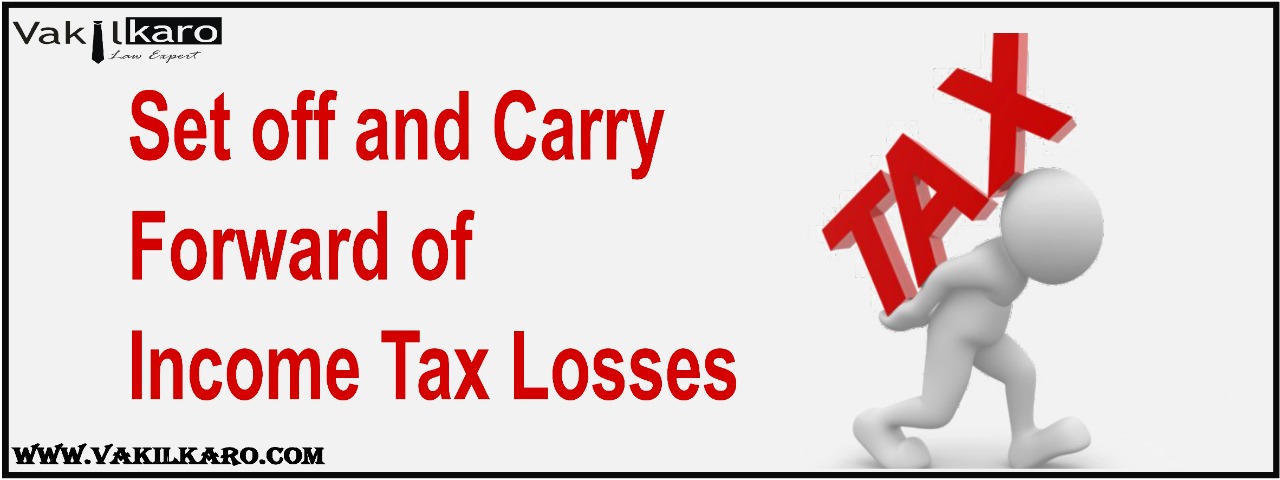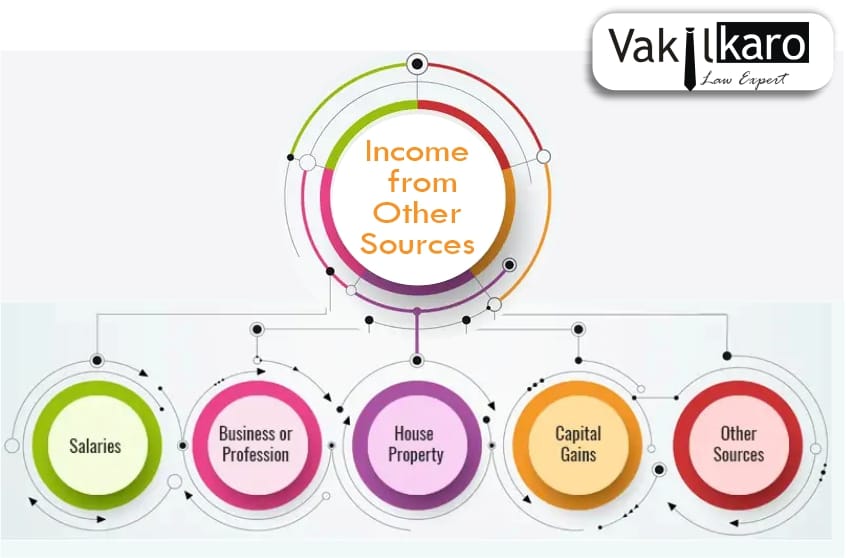House Property – Taxation and Exemption
Introduction
House Property Income includes the income earned from the renting of building or land appurtenant thereto. The income is chargeable under this head only when the taxpayer is the owner of the building or land and the house property is not used for the purpose of business or profession of the taxpayer.
Computation of Income
| Particulars | Amount |
| Gross Annual Value* | - |
| Less: Municipal Taxes | - |
| Net Annual Value | - |
| Less: Standard Deduction @30% | - |
| Less: Interest on borrowed capital | - |
| Income from House Property | - |
*Gross Annual Value means higher of the following
• Expected Rent: [Municipal Valuation or Fair Value of the Property] whichever is higher but subject to Standard Rent.
• Rent Actually received or receivable after excluding unrealized rent.
Deduction from Gross Annual Value:
| Particulars | Nature of Deductions |
| Municipal Taxes | Taxes can be taken as a deduction if borne by the owner and actually paid by the during the year |
| Standard Deduction | 30% of Net Annual Value is deducted which includes the amount paid for repairs, maintenance, etc. |
| Interest* on Borrowed Capital | For Letting out the property, there is no limit for the interest on borrowed capital for acquisition, construction, renovation, etc. |
|
For Self-Occupied property Interest maximum of Rs. 2,00,000 is allowed as deduction if the following conditions are satisfied for borrowings • Loan is taken on or after 01-04-1999 If the above conditions are not satisfied then Rs. 30,000 will be allowed as a maximum deduction instead of Rs. 2,00,000. |
*Interest pertaining to prior to the period of acquisition/construction of the house property will be allowed in five equal installments from the year in which property is acquired or constructed.
Computation on the basis of House Property’s Type
|
S.No |
Property Type |
GAV |
Municipal Taxes |
NAV |
Standard Deduction |
Interest on Borrowed Capital |
| 1. | Self-Occupied Property – One | Nil | Nil | Nil | Nil | Rs. 2,00,000 or 30,000 whichever condition is satisfied. |
| 2. | House Property not occupied due to employment or business | Nil | Nil | Nil | Nil | Rs. 2,00,000 or 30,000 whichever condition is satisfied. |
| 3. | Let Out Property | As per Section 23(1) | Actual payment basis | GAV less Municipal Taxes | 30% of NAV | The deduction is allowed without any limit |
| 4. | More than on self-occupied property | One property at the choice of taxpayer can be considered as self-occupied, the rest of the property would be treated as deemed let-out property. |
| 5. | Self-occupied property, let-out for part of the year | House property will be treated as let-out property. There will be no exemption for the period of self-occupied. |
| 6. | One house with let-out and self-occupied | Each part or floor will be considered as a separate house and calculations will be done accordingly. |
Set-off of Loss from House Property
The loss from the house property while ITR Filing can be set off to the extent of Rs. 2,00,000 in any year. The loss which could not be adjusted will be carried forward to the next years. The loss can be carried forward for 8 years.
Treatment of Unrealised Rent
Unrealized rent means the rent which could not be recovered from the tenant. Such unrealized rent can be deducted subject to the following:
• Tenancy is bona fide.
• Tenant has vacated the property or the steps have been taken for the vacancy.
• Tenant is not occupying any other property of the taxpayer.
• Taxpayer has taken all steps to institute legal proceedings for recovery.
Arrears of Rent Received
If unrealized rent or arrears of rent is received then such amount is taxable under the head House Property while ITR Filing Online. Such an amount is taxable when the amount is received by the taxpayer. The amount received is taxable after a standard deduction of 30%.

 +91 9828123489
+91 9828123489 +91 9828123489
+91 9828123489 help@vakilkaro.co.in
help@vakilkaro.co.in








.png)




.png)
.png)
.png)
.png)
.png)

 +91 9828123489
+91 9828123489 help@vakilkaro.co.in
help@vakilkaro.co.in